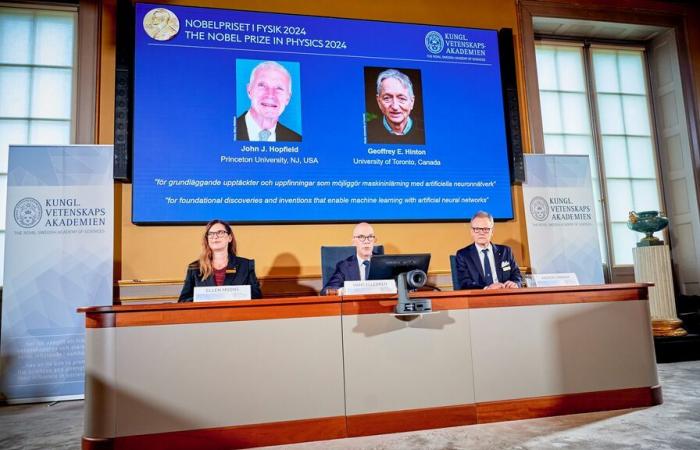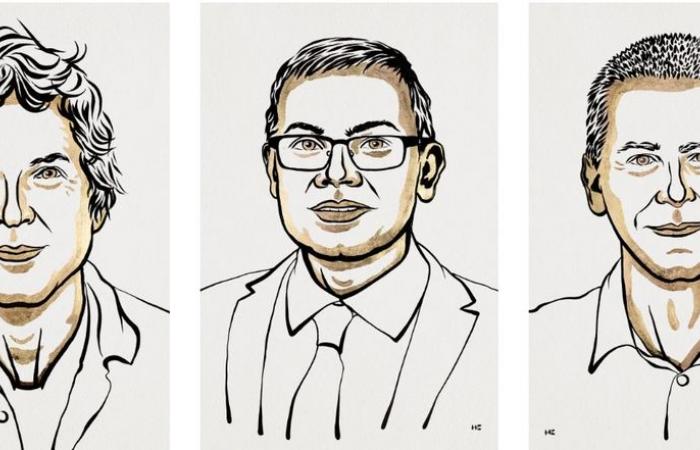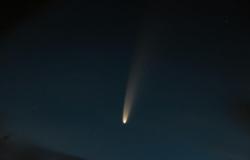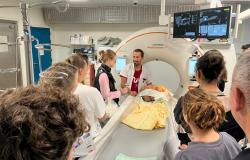Each year, six Nobel Prizes are awarded in the first week of October: physics, chemistry, economics, literature, medicine and peace. For this year 2024, it seems that the field of artificial intelligence is in the spotlight. Thus, the Nobel Prize in Physics was awarded jointly to John J. Hopfield and Geoffrey E. Hinton “for fundamental discoveries and inventions that enable machine learning with artificial neural networks.” The first, aged 91, is a professor at Princeton University and the second, 76, at Toronto University.
The two researchers have been working on the subject since the 1980s, drawing inspiration from the neural network in the human brain to develop artificial neural networks. They have thus advanced research in a certain number of fields including particle physics, astrophysics and even materials science.
The Nobel Prize in Chemistry rewards the work of two Google DeepMind researchers
The 2024 Nobel Prize in Chemistry was divided, one half awarded to David Baker “for the computational design of proteins”, the other half jointly to Demis Hassabis and John M. Jumper “for the prediction of the structure of proteins “. The latter two developed an AI model, AlphaFold2, to solve a 50-year-old problem: predicting the complex structures of proteins. One example of a protein structure determined using the model is a bacterial enzyme that causes antibiotic resistance. This structure is important for discovering ways to prevent antibiotic resistance.
The two men are also known for their work within DeepMind, an artificial intelligence research entity owned by Google since 2014. Demis Hassabis is one of the founders of Isomorphic Labs and DeepMind and now leads this AI branch within from Google. John Jumper is director of Google DeepMind.
David Baker, attached to the University of Washington, Seattle, for his part created the “first protein entirely different from all known existing proteins”, which is considered an achievement. “In recent years, incredible proteography has taken place in David Baker’s laboratory. These are new nanomaterials in which up to 120 proteins spontaneously bind together to proteins that function as a sort of molecular rotor”, indicates the foundation.
Selected for you









